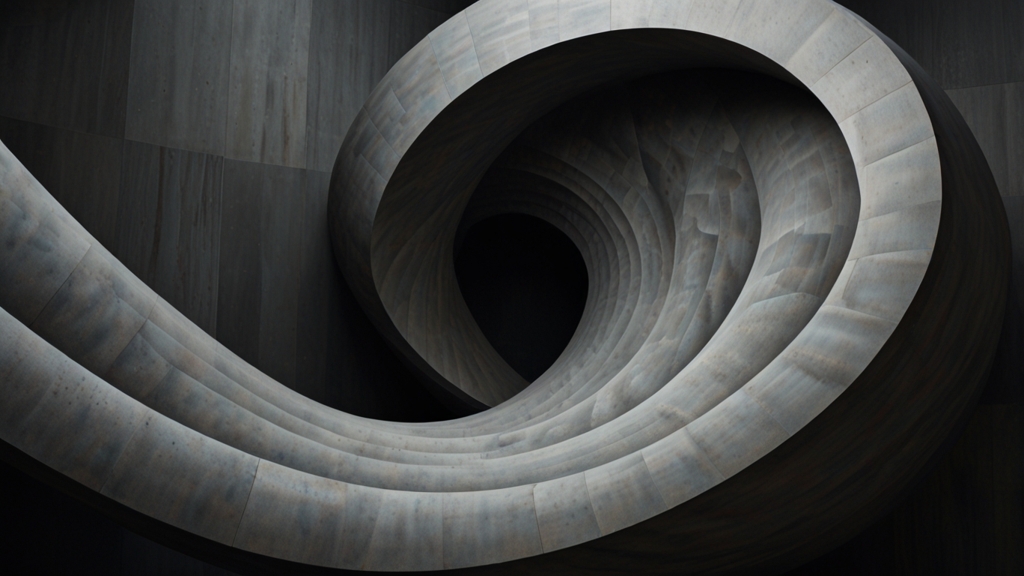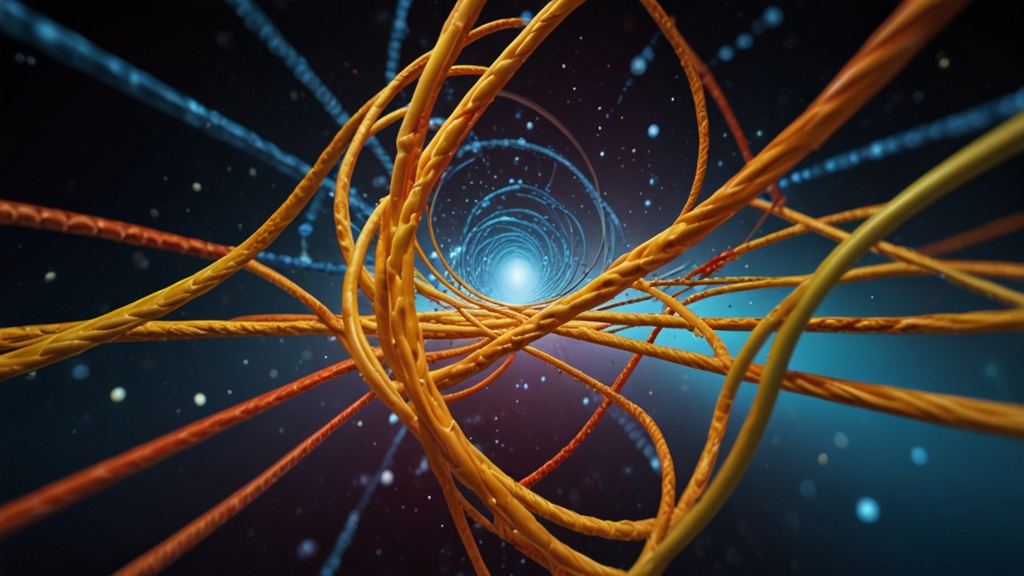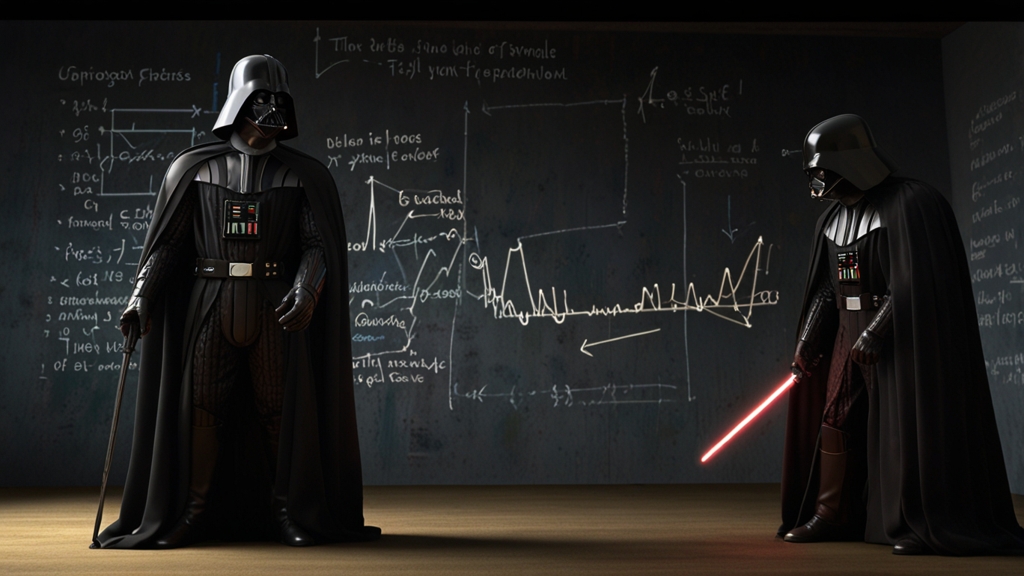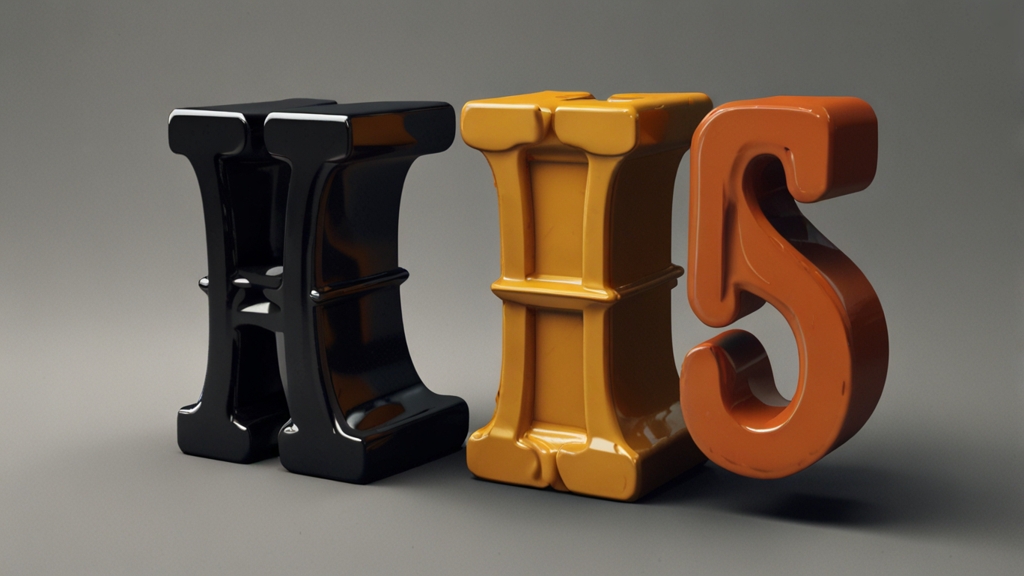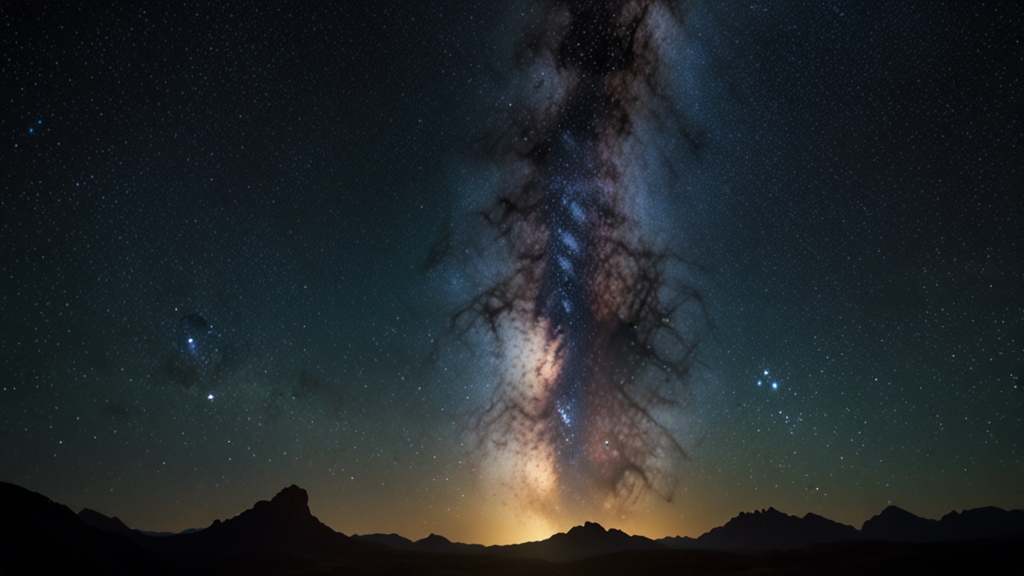Prophetic Art: How Visions Inspired the Greatest Works
Art, in its most transcendent form, often draws from realms beyond the ordinary, tapping into visions and dreams that feel otherworldly. Prophetic art is one such phenomenon where artists, through their creation, seem to channel glimpses of a higher reality or future events. This article explores how prophetic visions have been pivotal in shaping some of the greatest works of art throughout history.
The Concept of Prophetic Art
Prophetic art isn't confined to any single medium or era. It spans across paintings, sculptures, literature, and even music. Prophets and visionaries have long been a part of human history, with their divinely inspired words often manifested in visual and auditory art forms. The essence of prophetic art lies in its ability to convey messages that resonate on a deeply spiritual level, transcending the ordinary boundaries of time and space.
The Renaissance: Bridging Heaven and Earth
The Renaissance period was particularly rich in prophetic art. Renaissance artists like Michelangelo and Leonardo da Vinci drew inspiration from religious visions and classical prophecies. Michelangelo's "The Last Judgment" in the Sistine Chapel is a vivid portrayal of the final judgment day, reflecting apocalyptic visions described in the Bible.
"I saw the angel in the marble and carved until I set him free." - Michelangelo
Leonardo da Vinci’s "The Last Supper" is another seminal work that captures the prophetic moment of betrayal foretold to Christ by his disciples. These masterpieces are not just art; they are profound expressions of prophetic vision, conveying messages that continue to inspire and awe viewers to this day.
William Blake: A Visionary Poet and Painter
In the realm of Romantic art, William Blake stands out as a quintessential prophetic artist. His works are imbued with mystical and symbolic elements. Blake’s unique ability to intertwine poetry, painting, and prophecy granted him a special place in the world of visionary art. His collection, "Songs of Innocence and Experience," juxtaposes the purity of visions with the harshness of experience, presenting a prophetic commentary on human life and divine order.
"To see a world in a grain of sand and a heaven in a wildflower, hold infinity in the palm of your hand and eternity in an hour." - William Blake
Blake’s art often depicted scenes and figures from his dreams and visions, bringing to life a cosmology of angels, devils, and fantastical beings. His paintings, such as "The Ancient of Days" and "The Great Red Dragon" series, exemplify his prophetic style, blending intricate symbolism with profound spiritual insight.
Surrealism: The Dream World as Prophecy
Moving into the 20th century, the Surrealist movement embraced the subconscious as a source of prophetic vision. Artists like Salvador Dalí and René Magritte delved into dream states to bring forth images that defy logic but speak to deeper truths. Dalí’s "The Persistence of Memory," with its melting clocks, is often seen as a prophetic meditation on the fluidity and impermanence of time.
Surrealism’s exploration of the unconscious mind opened new avenues for prophetic art, allowing artists to draw connections between dream symbolism and real-life events, often predicting future societal changes or personal transformations.
Modern-Day Prophetic Art
In contemporary times, prophetic art continues to thrive, albeit in more diverse and interdisciplinary forms. Visionary artists today use digital media, film, and interactive installations to communicate their prophetic messages. The works of artists like Alex Grey, known for his intricate portrayals of spiritual experiences, and Laurie Anderson, who blends music and performance art, illustrate the ongoing relevance and evolution of prophetic art.
As technology advances, the scope of prophetic art expands, enabling artists to reach wider audiences and create more immersive experiences. Through virtual reality and augmented reality, visionary artists can craft entire worlds that allow viewers to step into the realm of prophecy, experiencing it first hand.
Conclusion
Prophetic art, with its roots deep in human history, continues to inspire and challenge us. Whether through the divine visions of Renaissance masters, the mystical imaginings of William Blake, the subconscious explorations of the Surrealists, or the innovative expressions of contemporary artists, prophetic art remains a powerful vehicle for conveying messages that resonate across time. These works not only reflect the artists' personal visions but also offer us glimpses into a greater reality, urging us to look beyond the mundane and embrace the extraordinary.
